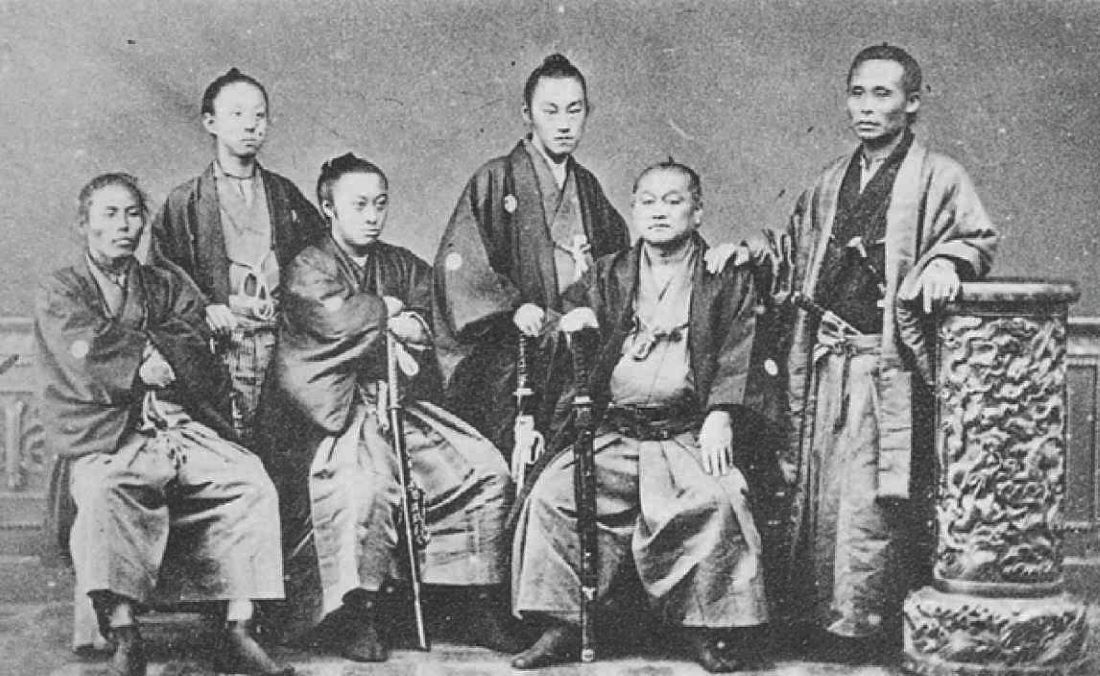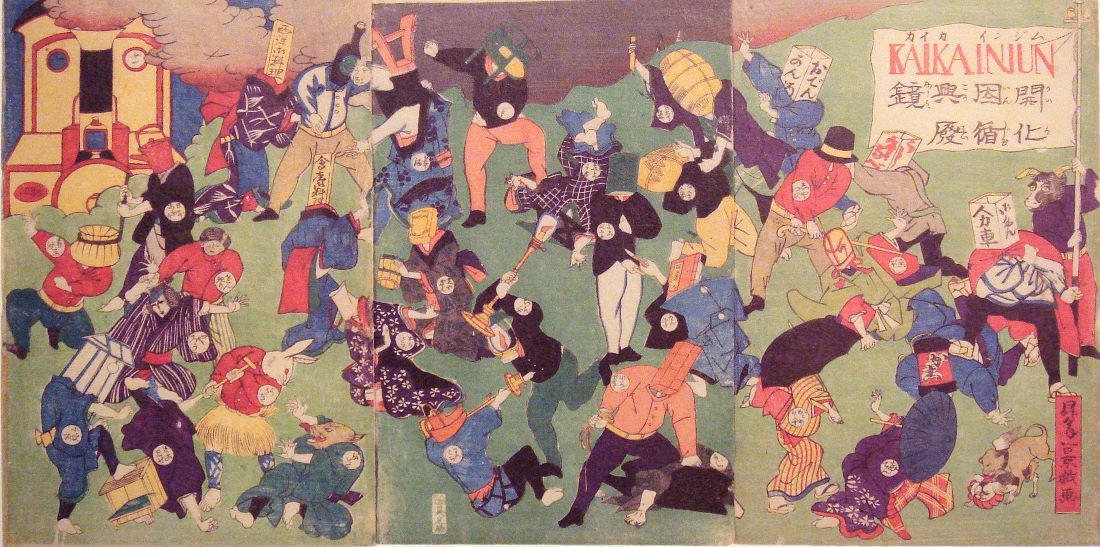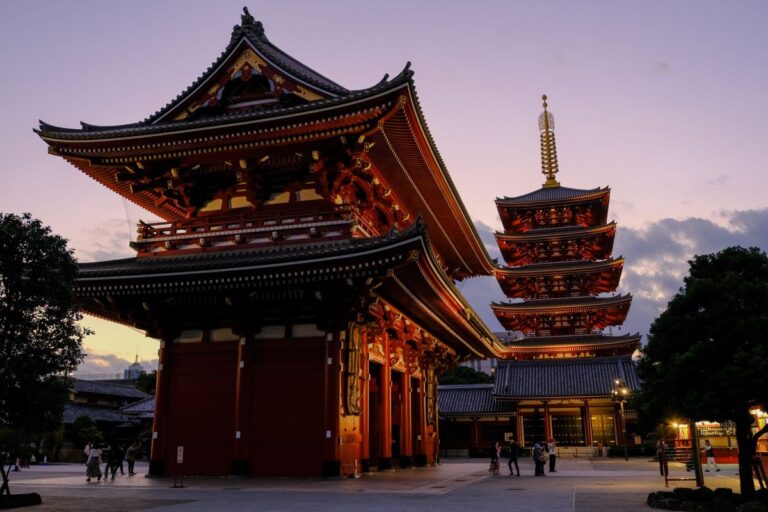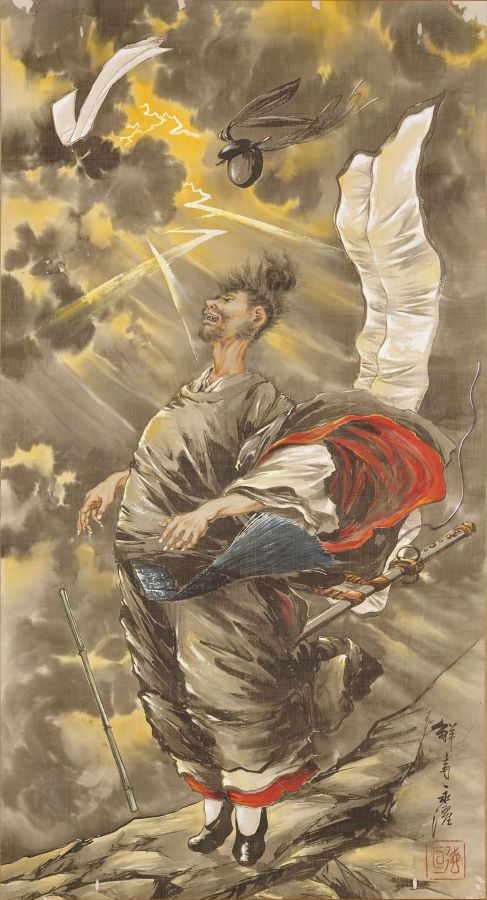The Meiji Period was a transformative era in Japanese history that lasted from 1868 to 1912. During this time, Japan underwent significant changes in its political, social, and economic structures, leading to its emergence as a modern, industrialized nation. The period takes its name from Emperor Meiji, who oversaw many of these changes and helped to usher in a new era of Japanese history.

One of the most significant developments of the Meiji Period was the abolition of the feudal system that had defined Japanese society for centuries. This was achieved through a series of reforms that centralized power in the hands of the emperor and his government, dismantling the power of the samurai class and paving the way for a more modern, merit-based society.
Other key developments of the Meiji Period included the adoption of Western-style education and technology, the expansion of Japan’s colonial empire, and the emergence of a new class of wealthy industrialists. Today, the Meiji Period is widely viewed as a crucial turning point in Japanese history, marking the beginning of the country’s modern era.
Key Takeaways
- The Meiji Period lasted from 1868 to 1912 and was named after Emperor Meiji.
- Saw the abolition of the feudal system.
- Widescale adoption of Western-style education and technology
- The Meiji Restoration was a political revolution that led to the end of the Tokugawa shogunate
- The period saw Japan expand its colonial empire
Political Changes

The Meiji Restoration of 1868 marked the beginning of the period and the end of the Tokugawa shogunate. The emperor was restored to power, and the samurai class lost its political influence. The new government was modeled after Western systems, with a bicameral parliament, a constitution, and a cabinet system.
The 1889 Constitution established a constitutional monarchy, with the emperor as a symbol of national unity and the people as the source of sovereignty. The constitution also established civil rights, such as freedom of speech, religion, and assembly, and created a system of local government. However, the emperor still held significant power, and the government was dominated by a small group of oligarchs.
The government pursued a policy of centralization, abolishing feudal domains and creating a unified national system of government. The new government also pursued an aggressive foreign policy, seeking to establish Japan as a major world power. This led to conflicts with neighboring countries, such as China and Russia, and eventually to Japan’s participation in World War II.
Economic Reforms

During the Meiji period, the government made a concerted effort to modernize and industrialize the country, with the goal of catching up to the Western powers. They implemented a number of economic reforms to achieve this.
One of the most significant reforms was the establishment of a modern currency system based on the yen. This replaced the complex and outdated system of feudal currencies that had been in use during the Edo period. The government also introduced new banking and commercial laws to support the modern economy.
The Meiji government also invested heavily in strategic industries, such as textiles, iron, and steel. They established state-owned enterprises to lead the way in these industries and provided subsidies and other incentives to encourage private investment. This helped to kickstart Japan’s industrialization and set it on the path to becoming a major economic power.
Another important reform was the development of a modern transportation and communication network. The government built new roads, railways, and ports to connect different parts of the country and facilitate trade. They also established a postal system and telegraph network to improve communication and speed up the flow of information.
Social Transformations

The period brought about significant social changes in Japan, as the country moved from a feudal society to a modern, industrialized nation-state. Some of the key social transformations during this period include:
- Abolition of the caste system: The Meiji government abolished the feudal caste system, which had divided Japanese society into distinct social classes based on birth. This move helped to create a more egalitarian society and paved the way for social mobility.
- Western-style education: The Meiji government introduced a new education system that was modeled on the Western system. This included the establishment of public schools, universities, and technical schools, which provided education to people from all social classes.
- Women’s rights: The Meiji government introduced a number of reforms that improved the status of women in Japanese society. These included the right to own property, the right to divorce, and the right to attend school.
- Rise of the middle class: The growth of industry and commerce during the Meiji period led to the emergence of a new middle class. This class included merchants, bankers, and industrialists, who played an important role in the modernization of Japan.
- Urbanization: The growth of industry and commerce also led to the rapid urbanization of Japan. Cities like Tokyo and Osaka grew rapidly during this period, as people moved from the countryside in search of work.
Cultural Developments
The new government encouraged the adoption of Western technology and ideas, which had a profound impact on Japanese art, literature, and music.
One of the most significant cultural developments during the Meiji period was the emergence of a new style of painting known as Nihonga. This style was inspired by traditional Japanese painting techniques but also incorporated elements of Western art. Nihonga artists used natural pigments and traditional materials to create works that were both modern and distinctly Japanese.
Many writers of the time were influenced by Western literary styles but also drew on traditional Japanese themes and motifs. Some of the most famous works of Meiji literature include Natsume Soseki’s “Botchan,” Mori Ogai’s “The Wild Geese,” and Shimazaki Toson’s “Before the Dawn.”
Western classical music was introduced to Japan during this time, and many Japanese composers began incorporating elements of Western music into their work. One of the most famous Japanese composers of the Meiji period was Yamada Kosaku, who blended Western and traditional Japanese music to create a unique style that came to be known as “Yamada-ongaku.”
Legacy of the Meiji Period
The Meiji period was a turning point in Japanese history, and its legacy continues to shape Japan today. Here are some of the enduring legacies of this transformative era:
- Modernization: This saw the rapid modernization of Japan, which transformed the country from a feudal society to a modern industrial nation. This modernization laid the foundation for Japan’s economic and military power in the 20th century.
- Political Reforms: The new government implemented a series of political reforms, including the establishment of a constitutional monarchy, the creation of a bicameral legislature, and the adoption of a new legal code.
- Cultural Shifts: As traditional values and practices were challenged and reinterpreted in light of modernization, the emergence of a new national identity and the promotion of Japanese culture and art both at home and abroad occurred.
Overall, the Meiji period was a time of rapid change and transformation in Japan. Its legacy continues to shape Japan today, as the country remains a major economic and cultural power in the world.



